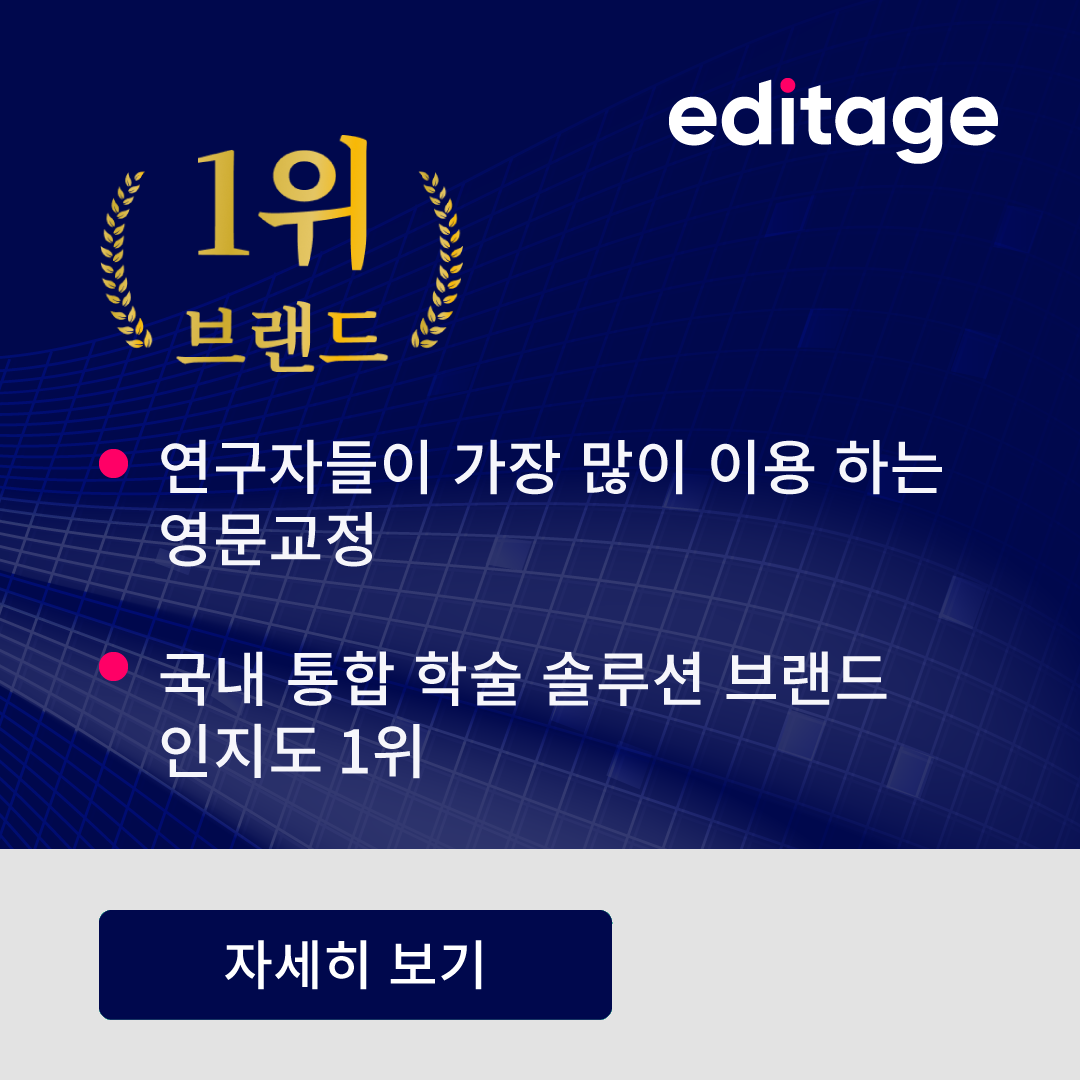This article discusses a recently published piece of research that has been making waves and receiving a lot of attention in international science news.
A group of three researchers affiliated to different institutions in Chicago, IL, recently published a paper in Nature, in which they have proposed a new formula that researchers can use to predict what their h index will be five years later.
The h indexed, designed by and named after Jorge Hirsch, a physicist at the University of California, aims to provide a measure of both the quality and quantity of papers a researcher has published, and thus to indicate the scientific impact of that researcher.
Since the invention of the h index, numerous research groups have been working independently to identify alternative metrics that can more accurately measure a scientist’s research impact. To this end, more than 150 papers related to the h index have been published, and several other metrics, many of them variants of the h index, have been proposed.
So what’s so special about this new paper in Nature?
First of all, it seems to be the first study trying to predict the h index prospectively. The authors aimed to determine whether a researcher’s past output could be used to predict his/her future impact. They used Scopus, a public academic database, to extract the publication, citation, and funding records of about 3000 neuroscientists and some life science researchers. In their initial experiments, they considered some qualitative variables, like the time researchers took to complete their PhD training and who their research advisors were. But they later realized that these variables were not required in the final equation.
The authors have thus designed a formula that considers a researcher’s h index, total number of publications, number of years since the first publication, number of papers in top-ranking journals, and number of different journals on the researcher’s publication record, and converts this information into a number that represents that researcher’s probable future h index. What’s more exciting is that they’ve made this algorithm publicly available by way of an online calculator! Go here and type in your stats to get an idea of what your h index will look like five years from now.
As per an article in The Scientist, this new metric has already received mixed reviews from the scientific community, with some researchers cautioning against its use in certain disciplines. Further, the authors themselves state that it might be less accurate for disciplines other than the life sciences and that it cannot serve as a substitute for peer review.
Nevertheless, this metric does overcome some of the limitations of the h index; for example, it may be beneficial to young scientists whose h index is typically low at the beginning of their careers. The authors, Acuna et al., hope that their new metric will be a useful tool for tenure committees who would need to predict the future output of researchers in order to make hiring and tenure decisions.
The issue of measuring scientific impact is indeed a popular topic of discussion in the research community, and will probably continue to be so. No single metric is likely to be give a 100% accurate measure of a scientist’s worth, but since scientists tend to relate best to numbers, it’s not likely that the quest for the perfect measure will end soon. The best we can do is to continue this quest in the right spirit, keep abreast of new developments in impact-measuring tools, and use a combination of available metrics to our best advantage. In any case, you can only determine the true worth of a research paper by reading it and trying to replicate the study.











